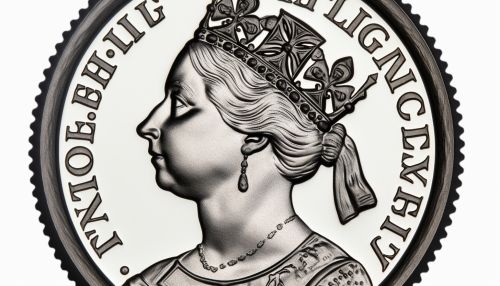Penny Black
Introduction
The Penny Black is the world's first adhesive postage stamp used in a public postal system. It was issued in the United Kingdom on 1 May 1840, for official use from 6 May of that year. All London post offices received official issues of the new stamps but other offices throughout the United Kingdom did not, continuing to accept postage payments in cash for a period.


Design
The Penny Black was designed by Rowland Hill, who proposed the reform of the postal system based on the concept of Uniform Penny Post and his solution of adhesive postage stamps. The stamp features a profile of Queen Victoria, based on a sketch by William Wyon, which was originally used on a medal commemorating the Queen's visit to the City of London in 1837. The design was engraved by Charles Heath and his son Frederick.
Production
The Penny Black was printed in sheets of 240 (20 rows of 12 stamps), a configuration that led to the nickname "twopenny hangover" for sheets that were partially unused and sold at a discount. The printing process was carried out by Perkins, Bacon & Co, a firm of banknote printers who, following a public competition, were awarded the contract to produce the adhesive stamps.
Usage
The Penny Black was used to send letters weighing less than half an ounce anywhere within the British Isles. They were affixed to envelopes and letters by means of a moistened gum, a novelty at the time as previous methods had required the use of a separate adhesive.
Legacy
The introduction of the Penny Black marked the birth of the modern postal service, both in the United Kingdom and around the world. Its legacy is such that it is considered a national icon and a symbol of the advancements made during the Victorian era. Today, the Penny Black is highly sought after by collectors, with mint condition specimens fetching substantial prices at auction.
